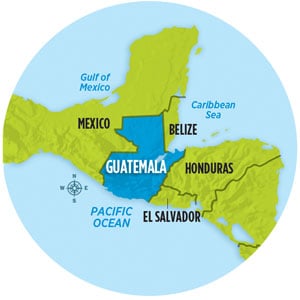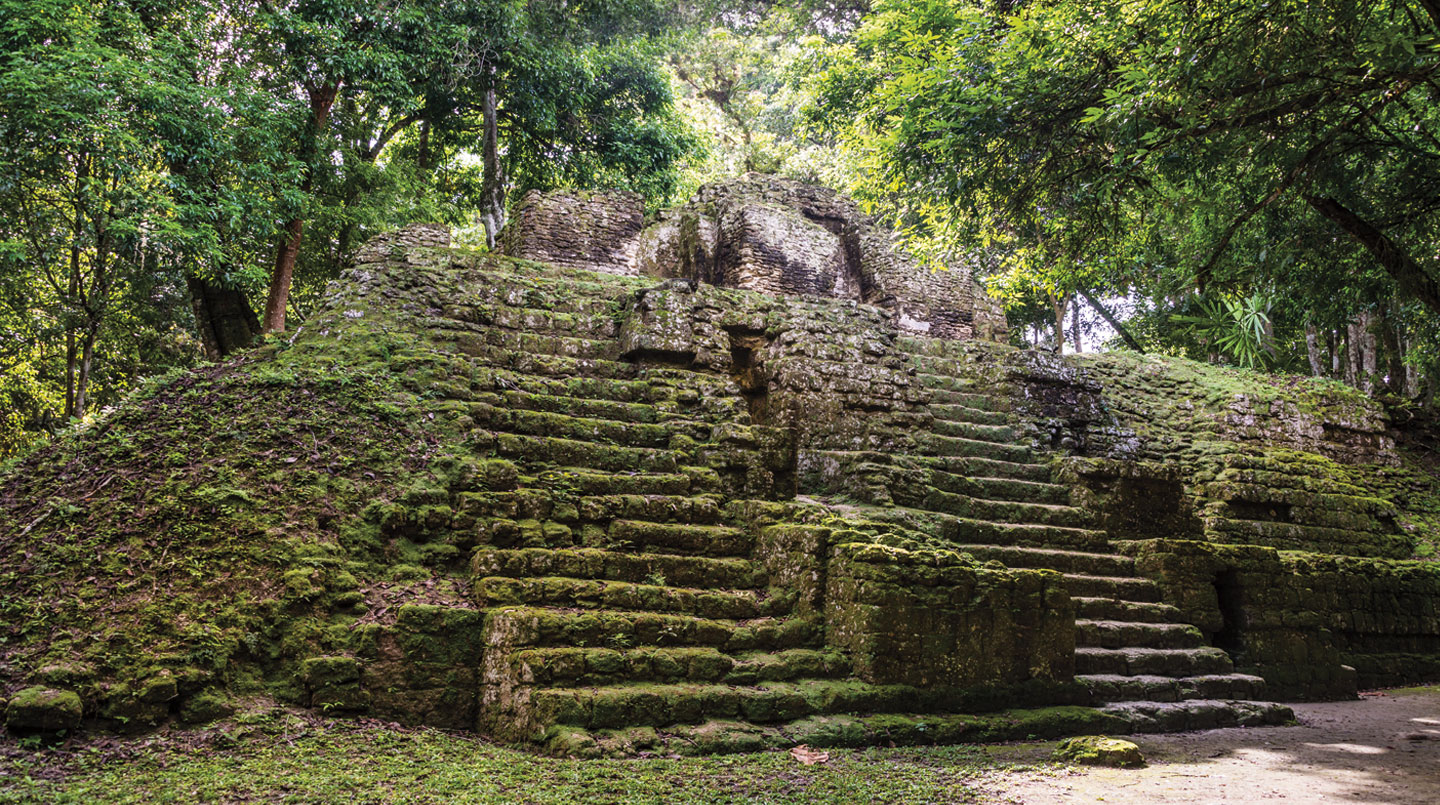Archaeologists are determined to uncover more about the Maya. The scientists study the past, often by digging in the ground or diving into oceans to examine sites. They unearth bone, pottery, and other artifacts to learn how people lived.
Sometimes an archaeologist’s job is like looking for a needle in a haystack. But technology is giving them new ways to work. Lasers, for example, help them study large regions, even areas hidden by trees.
That’s how researchers found the Maya ruins. Flying in airplanes, they fired special laser beams into the Guatemalan reserve. The information from the lasers helped scientists build a 3-D map. As the map came together, they couldn’t believe what they were seeing.
In addition to homes and tombs, the team found walls and fortresses. This suggests that the Maya were concerned about defending themselves against their enemies.
What’s more, the cities were linked by roadways, which researchers believe were used to carry out trade between regions. That was a surprise to experts, who thought that the Maya lived in mostly isolated communities.
Because of what they learned, scientists now think there may have been as many as 15 million Maya. Previous estimates had put the population at about 5 million.







